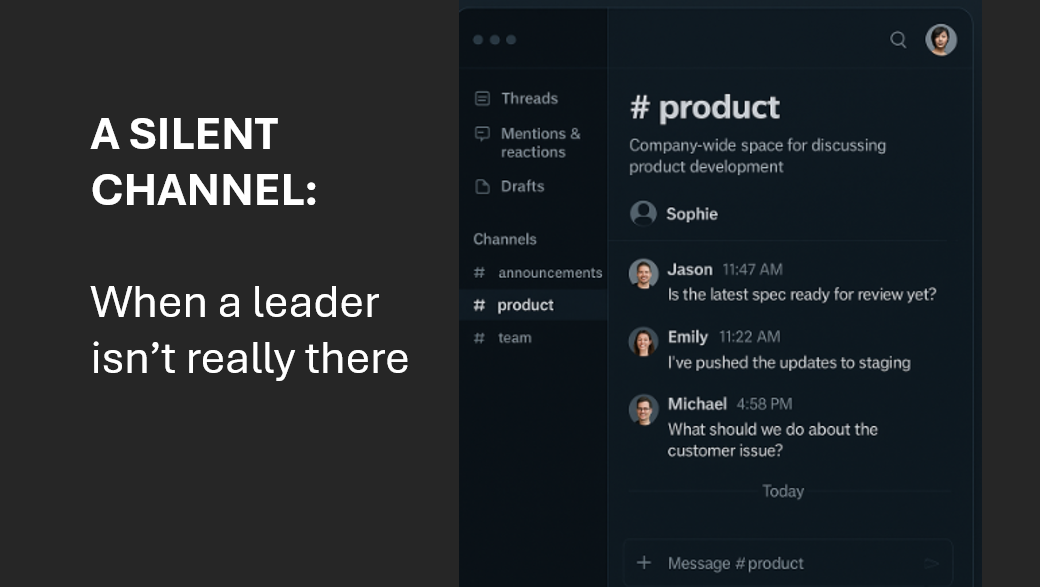Our son recently declared he was going to run a marathon in September this year.
I couldn’t be more delighted for him and offered encouragement and support. My tattered copy of The Competitive Road Runners Handbook, was passed on to him, with a single sentence of advice, born out of painful experience, “Start both your training and the race slowly and then build into it.”
A valuable lesson
Picking the right tempo for both the months of early morning runs, and the 42km that make up a marathon course, are a valuable lesson in speed over pace.
Starting training for a marathon – especially as a first-timer – requires planned progression, so that the body can adapt to the stresses placed on it.
Running too quickly, or in too great a volume in the early days, can put too much stress on the body, potentially resulting in injury that impacts training way more adversely than starting more slowly. And, as a runner adapts to the requirements, speed and volume do not increase in a linear form, rather, intensity and pace fluctuate to allow for recovery and for appropriate amounts of stress to be applied to the body, to force it to grow.
The same is true for the race itself – if you start sprinting at the start of a marathon, you are unlikely to make it past the first kilometre, successful completion requires a skilled application of pace selection, depending on the course, the weather, how you feel and many other factors.
Leaders’ food for thought
The degree to which preparing for and running a marathon is analogous to how leaders might think about leading their teams, is perhaps more significant than leaders may be comfortable admitting.
It’s true, of course, that successful business often requires speed, and some goals need a flat-out sprint approach to ensure they are delivered in time.
Other tasks and projects require a leader to select the correct pace and resist defaulting to a sprint. Maybe you don’t need to ‘get there’ in the shortest amount of time possible, perhaps it would be more effective to allow time to think, consider, gather different perspectives before committing to a path forward.
Operating at only one speed – frantic – is a recipe for burnout and poor-quality work.
Getting the pace right
Selecting the correct pace and adjusting where you need to, gives you greater flexibility to step up when required or throttle back when you recognise you need more time to ensure higher quality output.
If it would be useful to get an external perspective on your speed and pace, do get in touch!
Exigence provides a full suite of evidence-based business coaching solutions, driven by a desire to help individuals and teams to achieve their performance potential. Find out more here or book a call to talk through how we can support you.





